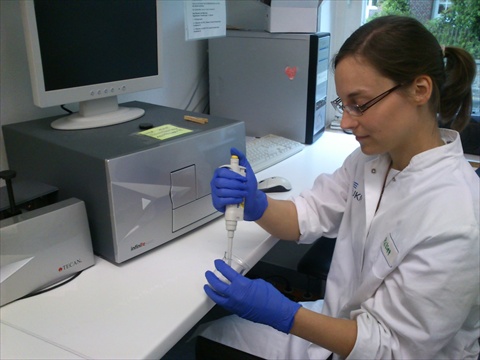Members Login

Channels
Special Offers & Promotions
A winning combination for nephrology research

Tecan's Infinite® 200 series microplate readers have proved to be a valuable asset for the Experimental Nephrology laboratory at the University Hospital of Münster, aiding the development of both cell-based and ex vivo fluorescence techniques for the investigation of cell membrane transport in the proximal tubules of the kidney.
Svenja Holle, who recently won the 2011 Tecan Award for her work on this innovative optical method, explained: "Organic cation transporters (OCTs) in the basolateral membrane of proximal tubules play an important role in the nephrotoxic effects of many drugs, and so our group has been investigating how these transporters are regulated to develop potential strategies to prevent the harmful side effects of these drugs."
"We initially developed a cell-based technique using an inverted microscope to follow uptake of the fluorescent marker ASP+, and were able to convert this to a high throughput microplate format using the flexibility of Tecan's Infinite M200 reader. To further improve the biological relevance of results, we have now adapted this technique to a true ex vivo method using Infinite 200 series readers, allowing us to analyze the behavior of OCTs in proximal tubules isolated directly from the kidney. This offers a huge increase in throughput compared with inverted microscopy, as well as increasing the number of assays which can be performed with a given amount of starting material, significantly reducing the cost per assay."
To find out more about Tecan's Infinite 200 PRO series, visit www.tecan.com/infinite200
Media Partners


